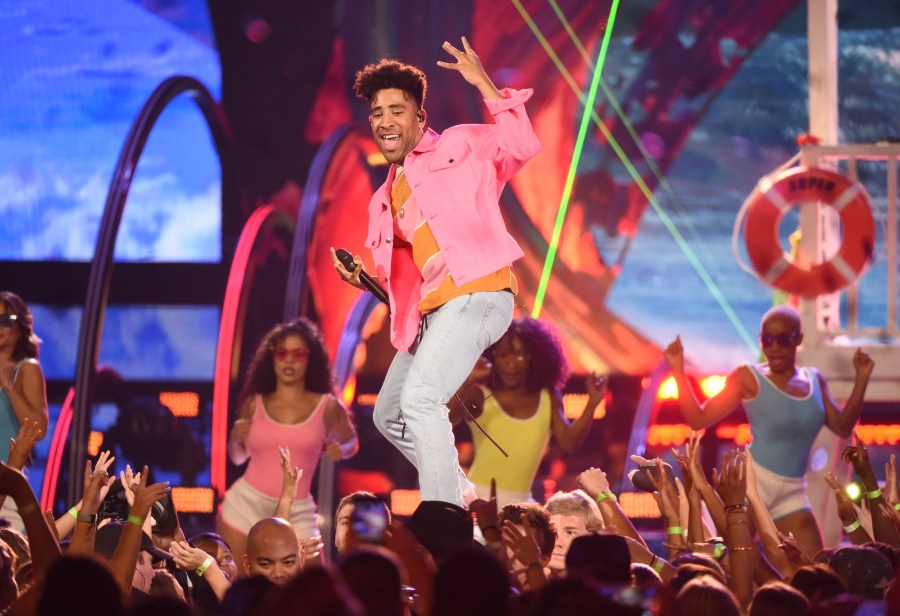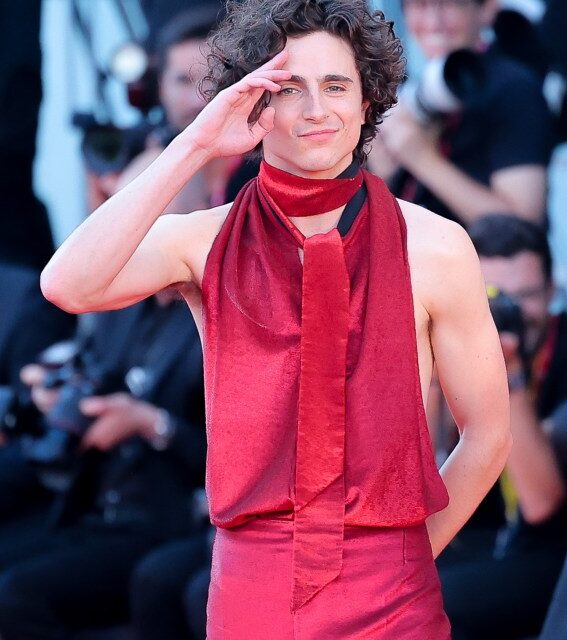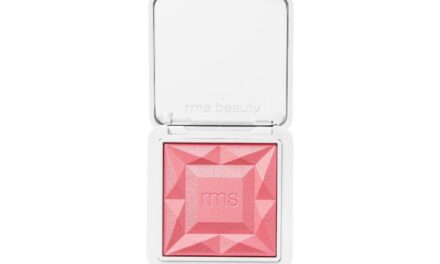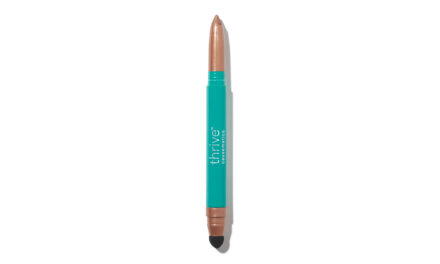(NEXSTAR) — Even though many of today’s biggest male stars, like Timothée Chalamet and Harry Styles, have become fashion icons by embracing feminine or androgynous styles, new data shows many men aren’t quite ready for skirts and backless jumpsuits.
Moreover, some men are just working up to feeling OK wearing pink.
That’s according to a new survey on masculinity from YouGov, which surveyed 4,095 adult men and women in the United Kingdom. The survey gathered men’s levels of comfort engaging with certain behaviors versus that of women — including situations like sharing a bed with a friend of the same gender or receiving flowers as a “thank you” gift.

Although it doesn’t rank as the top activity men said they’d feel uncomfortable doing, 31% of men said they’d feel uncomfortable wearing pink. That’s compared to only 9% of women who said the same.
But younger men (ages 18-24) were less leery of wearing pink than the oldest men (ages 65 and older), with only 23% of younger men saying they felt uncomfortable in rosy shades. Forty-two percent of older men said they’d be uncomfortable.
It’s easy to forget that at one point in time pink was actually regarded as a “man’s” color.
The shift happened in the years after World War II for a variety of reasons.
Before then, pink was seen as a dominant color rather than a delicate one, and was associated with men and boys. At that time, blue was considered a softer, girlier color.
The use of pink triangles during the Holocaust changed much of this. Leading up to and during the Holocaust, Nazis forced Jewish people who were suspected of being gay to wear pink triangles to indicate it — and especially cruel torture was often reserved for them, the National World War II Museum explains.
Even though the selection of pink for the triangles may possibly have been arbitrary, as the Nazis had many color-coded symbols for prisoners, pink’s association with homosexuality has persisted long after the Holocaust’s end.
The popularity of gender-neutral clothing for babies was also waning. While nowadays any baby in a white gown might evoke horror movie imagery for some of us, the white baby dress was ubiquitous for both male and female babies in the 1800s and early 1900s, Smithsonian Magazine explains. The one-size-fits-all dress faded into obscurity with changing post-War gender ideals, however.

And as with most things, money also has something to do with it. University of Southern California Professor of Art History Amy Ogata says corporations “color coded” children’s clothing in their marketing to dissuade customers from keeping hand-me-down clothes circulating among siblings of different sexes — increasing the likelihood that customers would have to by more clothes overall.
But echoing YouGov’s findings of younger men being more open to pink, there’s encouraging evidence elsewhere. Millennial and Gen Z hip-hop artists like Drake and A$AP Rocky drench themselves in it. Heartthrob boy banders BTS have pink hair. More men are wearing nail polish nowadays, both queer and straight. Unease around the color may also be less prevalent in other areas of the world, as Vogue Business noted last year that pink was the biggest color in men’s retail clothing in China.
Leatrice Eiseman, Pantone Color Institute color expert and executive director, previously told CNN: “I think in general, the younger generation simply don’t have some of the prejudices about certain colors that perhaps the fathers and grandfathers do, who were raised with that idea that pink is only for little girls or a boy should never wear pink.”
How comfortable are men going to gay bars?
Going back to YouGov’s survey on masculinity, it’s interesting to note that men overwhelmingly were more uncomfortable than women across every activity. The only exception was for being naked in a same-gender changing room (67% of women said they’d be uncomfortable, opposed to 49% of men who said the same).
Here’s some of what the survey found:
- Having to share a bed with a same gender friend — 42% of men would be uncomfortable (21% of women)
- Going to a gay bar — 44% of men would be uncomfortable (20% of women)
- Crying in front of same gender friends — 48% of men would be uncomfortable (18% of women)
- Applying sunscreen to a same gender friend’s back — 42% of men would be uncomfortable (10% of women)
- Receiving flowers as a “thank you” gift — 26% of men would be uncomfortable (5% of women)




